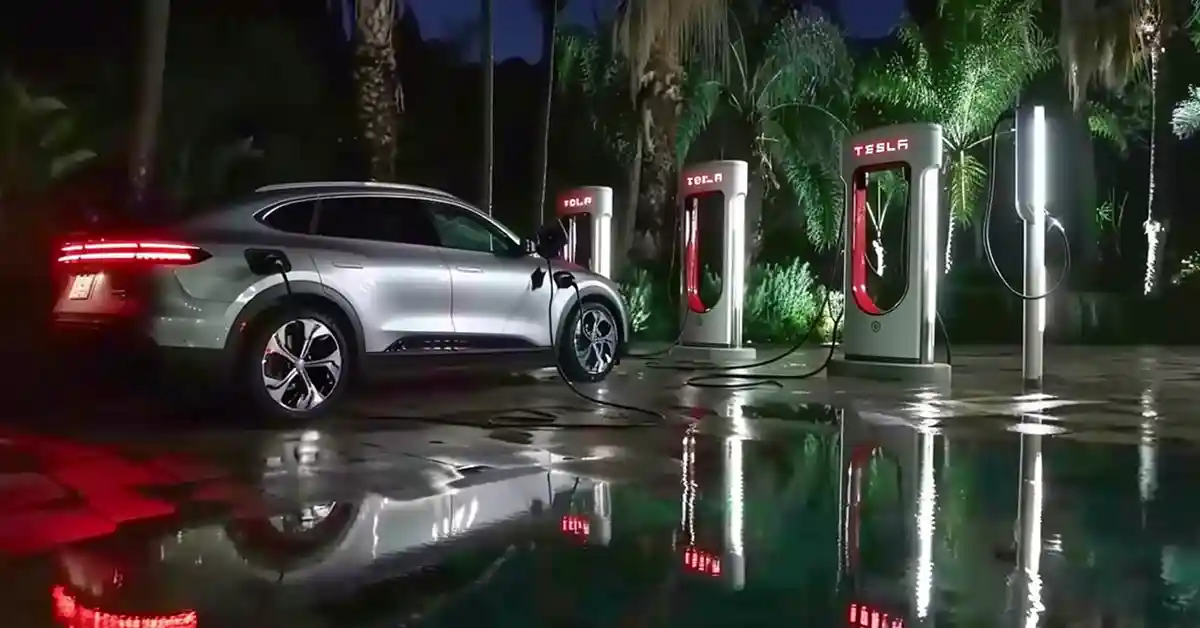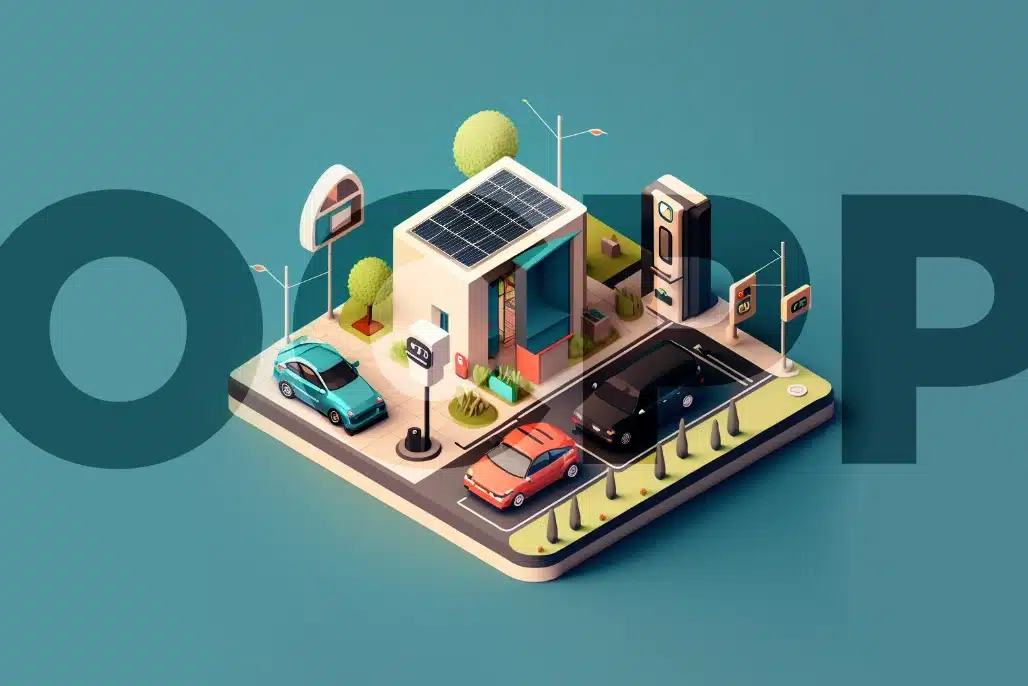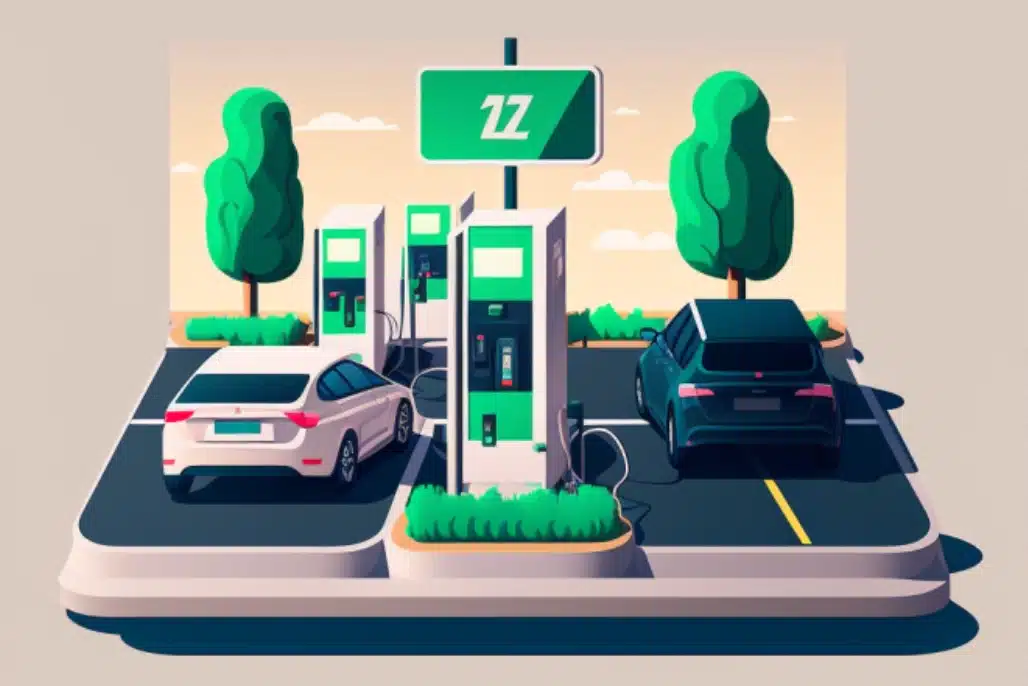
Bear with me.
The motivation behind this is that I believe we pay far too much attention to EVs replacing conventional ICE vehicles.
We're keeping the exact requirements from a software engineering perspective - having a high range and low refuelling time - without thinking about why.
It's worthwhile to take a step back and consider what we're trying to do and whether or not there's a more straightforward solution by reassessing the problem we're trying to solve.
Taking a Step Back
Instead of trying to minimise EV charging times by building ever more expensive and grid sapping high energy chargers, we tend to forget that EVs don't always charge at the maximum available rate.
Here's an example: Porsche recently demonstrated a 350 kW charger. This is an excellent proof of concept if enormous charge rates are desired. However, not all cars can charge at this rate, and the ones that can do can't do it for very long.
This is aside from the fact that such a powerful charger will be horrendously difficult to install at volume due to capacity constraints on the local grid. Indeed, if capacity is not available, the installer is looking at expensive peak shaving solutions such as multiple batteries and local renewable power sources.
"Rolling out high powered chargers at volume in capacity-constrained areas is extremely costly."
So, why are we looking at higher and higher-powered chargers?
Time.
It's About Time
The time taken to recharge an EV, along with its range, are fundamental factors in any EV discussion.
But have we taken a misstep?
What if we stop thinking about EV charging as a deliberate act such as "I'm just popping down the petrol station to fill up the car" and reframe the concept as something like, "I'm just going to do the shopping, I'll plug the car in while I'm there."
If the focus were on providing more plentiful yet lower-powered chargers, then whenever we make a journey in an EV, we can be safe knowing that wherever we're visiting (and parking up) will have a charger.
If we're busy doing something else that we'd be doing anyway, then we're relieved of the burden of waiting around for a deliberate charge.
*This is precisely the reason why no one complains about not having a 250 kW charger at home - the car's sitting there all night, and there's no rush to charge as there's simply enough time to charge at a slower speed.*
We don't have to think about it.
Suppose the places we visit offered EV charging either for free or as a 'perk' for visitors. In that case, we could do away with many issues surrounding different apps and ecosystems for charger suppliers that plague the EV world right now.
How?
Well, let me tell you.
Mass production.
The Path to Mass Charging
Widespread ubiquitous chargers pave the way for mass production as they can all be the same. This will help the push toward simple, lower-priced, 'tap-and-go' charging in much the same way as tapping your bank card for a coffee.
Charging prices vary from provider to provider and can also vary by time of day, whether you're a member of a 'charging club' or simply because it's a captive market, such as being forced to buy popcorn in a cinema rather than taking your own.
This reduces costs for installers, businesses, and consumers and relieves the EV driver of having 100 apps on their phone and having to retain the knowledge of the physical operation of every type of charger to boot.
We have reframed the problem and removed the complexity - charging becomes less about deliberate purpose, stress, and worry about compatibility and more about something that's done as a part of simply parking the car.








